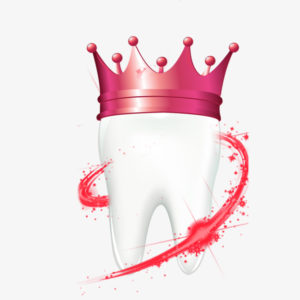Nano Dentistry
Earlier, nano dentistry seemed to be fiction than fact, but in the present scenario with the advancements in science, technology and medicine, it will become a reality. When used with nanotechnology, that refers to the use of minute machinery that will manipulate the matter. Nanotechnology is employed to showcase virtually a product with the use of atomic building blocks. When nanotechnology applied to the field of dentistry is referred to as nano dentistry. This field of dentistry is essential in the maintenance of oral health and for repair of lesions using nanomaterials, nanorobots etc.

In many clinical dentistry applications, nanomaterials are used. Some of the possibilities of nano dentistry include nano-impressions, nanocomposites and nano ceramics. Nanotechnology is now used with nanofillers that will create impressions which will reflect patients dental details. Nano-zirconia ceramic is used in place of ceramics that are used in prosthodontics that are used to manufacture dentures and dental crowns. This nano-zirconia improves toughness, hardness as well as confers better translucency and resistance. Esthetics and strength of composite materials are very important considerations. Nanocomposites are flexible materials that help in improving the strength and esthetics using various fillers.
Diagnosis associated problems will become easier due to smaller machinery and nano-devices with correctness in a short span of time. Painful procedures associated with this will also get reduced in future. With such innovations, it is sure that any diseases can be treated at any stage with greater efficacy.
Regenerative Nanotechnology is a newly emerging field in the dentistry and it is also known as Dentition renaturalization. This is a popular and perfect treatment method for esthetic dentistry.
Nanodrugs and Nano-surgery
Nanoparticles loaded with drugs are used for treating periodontal disease. Also, in the future, it is predicted to use nanotubes and hollow spheres for drug delivery. Nano-solutions with unique particles serve as agents for bonding substances or particles. Nanotechnology can also be used to employ anesthesia with the help of nanobots. Surgery will be also possible in the future.
 Advantages of nano-dentistry
Advantages of nano-dentistry
- Faster and accurate diagnosis of oral related disease.
- Reduces span of treatment procedures.
- Better aesthetics.
- Reduced frequency of visits to dental clinics.
- Better outcomes of treatment procedures.
- Economical that is affordable.
Disadvantages of nano-dentistry
- Social acceptance is necessary and relevant.
- Irretrievable genetic information loss which is essential for better prospects.
- Toxicity associated with nanoparticles are harmful to human beings.
Nano dentistry is divided into 2 approaches that are: top-down and bottom-up. Top-down techniques are used to manufacture nanoscale structures and are extensions of the method that are used in small-scale assembly. Bottom-up methods are used for producing nanoscale structures.
Bottom-up approach of Nanodentistry
- Inducing Anesthesia.
- Tooth repair
- Cosmetic dentistry.
- Dentifrorobots.
- Tooth repositioning
- Nanodiagnostics
Top-down nano dentistry approach
- Nano impression materials
- Nano-composite denture teeth.
- Nanoencapsulation and nano solutions.
- Prosthetic implants
- Nanoneedles and bone replacement materials.
To know about oral health tips in detail please click here.

Leave a reply